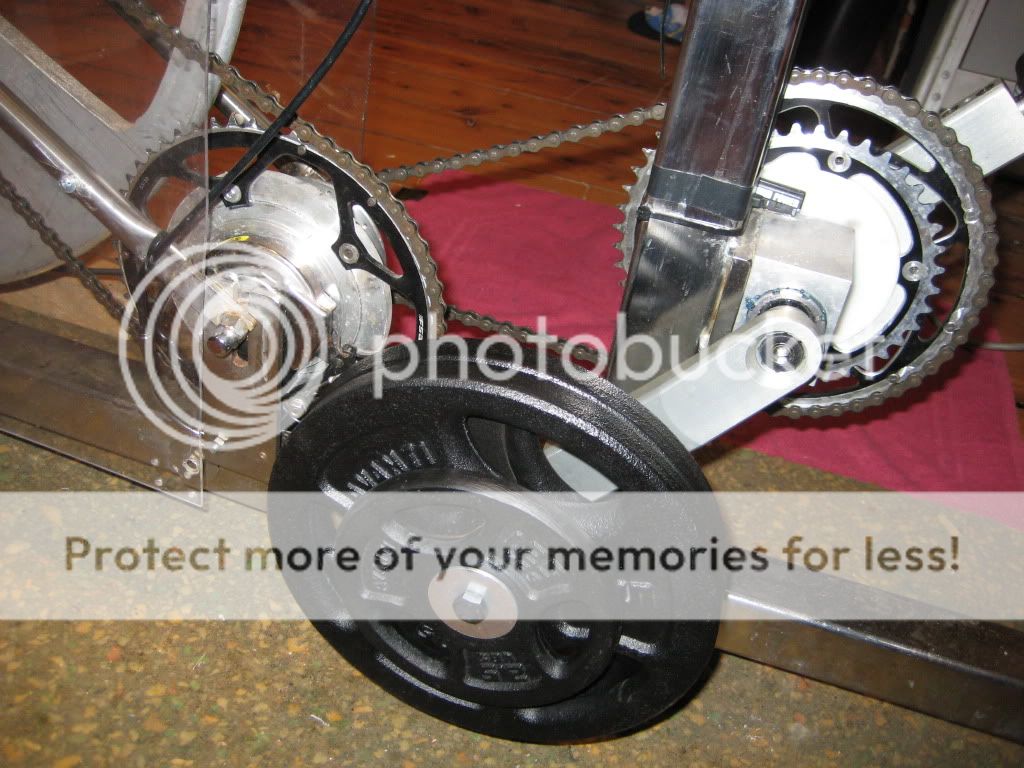And to be fair there is this one, though I think their protocol was a little off, and makes no comparison of power outputs. Also the abstract at least doesn't quantify HOW much more the oxygen consumptions is etc.
The Effect Of Different Pedal Types On Maximal Oxygen Consumption And Lactic Acid Accumulation.
Abstract
Journal of Strength & Conditioning Research. 24 Supplement 1:1, January 2010.
Hiebert, Jean M; Hoover, Don L; Best, Michael A; Black, Ashlie B; Hruska, Ryan K; Jones, Mariah E
Abstract:
Cycling efficiency is dependent upon many factors such as bike set up, body position, and pedaling cadence. These and other factors often have a large influence on both performance and risk of injury. One parameter not fully understood is the influence of available pedal systems on cycling efficiency, and little scientific literature exists on this topic. To determine the effect of different pedal systems on maximal oxygen consumption ([latin capital V with dot above]o2max) and lactic acid production during direct testing of maximal aerobic power. Nine healthy recreational cyclists (7 males and 2 females; 36.11 +/- 7.7 years) volunteered to participate in the study. On average, subjects cycled 3-4 times per week for 1-2 hours at a moderate to high intensity. Subjects performed a maximal bicycle graded exercise test on their own bicycle, using one of three pedal systems on different occasions. Pedal systems included: 1) flat pedals, 2) toe-clip pedals, and 3) clipless pedals, and the order of the pedal systems was randomized. Riding resistance was provided by a computer controlled bicycle ergometer and trainer. Initial resistance was based on a 1:1 power (watts) to individual body weight (kg) ratio and increased 2:1, 3:1, etc. every two minutes until subjects were unable to maintain a pedal cadence of at least 50 revolutions per minute. Gas exchange was analyzed using a portable metabolic system. A portable lactate analyzer was used to measure lactic acid levels prior to the test, upon completion of the test, and at 3, 5 and 7 minutes post-test or until values returned to baseline. A one-way ANOVA with repeated measures was conducted to evaluate the relationship between pedal type and the dependent variables, oxygen consumption and lactic acid production. While there were differences in performance under the three pedal conditions, these differences were not statistically significant for either the oxygen consumption or the lactic acid production. Participants produced higher average [latin capital V with dot above]o2 values during the clipless condition. Lactic acid accumulation was highest in the flat pedal condition. Lastly, when using the clipless pedals, participants achieved peak lactic acid levels at relatively higher oxygen consumption measures when compared to the flat pedal or toe-clip pedal conditions. Pedal condition did not produce statistically significant differences in maximal oxygen consumption or in lactic acid during a graded exercise test. However, these findings may be clinically meaningful, as statistically significant difference often may not exist within a given group of cyclists, whether the group be performing at a local amateur cycling event or an event such as the Tour de France. Participants produced higher average O2 max values during the clipless condition, suggesting this condition may be more efficient as is commonly believed. Lactic acid accumulation was highest in the flat condition, suggesting participants may have been least efficient when pedaling in this condition. Likewise, the achievement of peak lactic acid levels at relatively higher oxygen consumption further suggests the clipless pedals promote higher performance levels when compared to the flat and toe-clip conditions. Our findings suggesting clipless pedals allow for greater efficiency and result in higher performance. Further study is necessary to investigate these potentially clinically meaningful findings.







